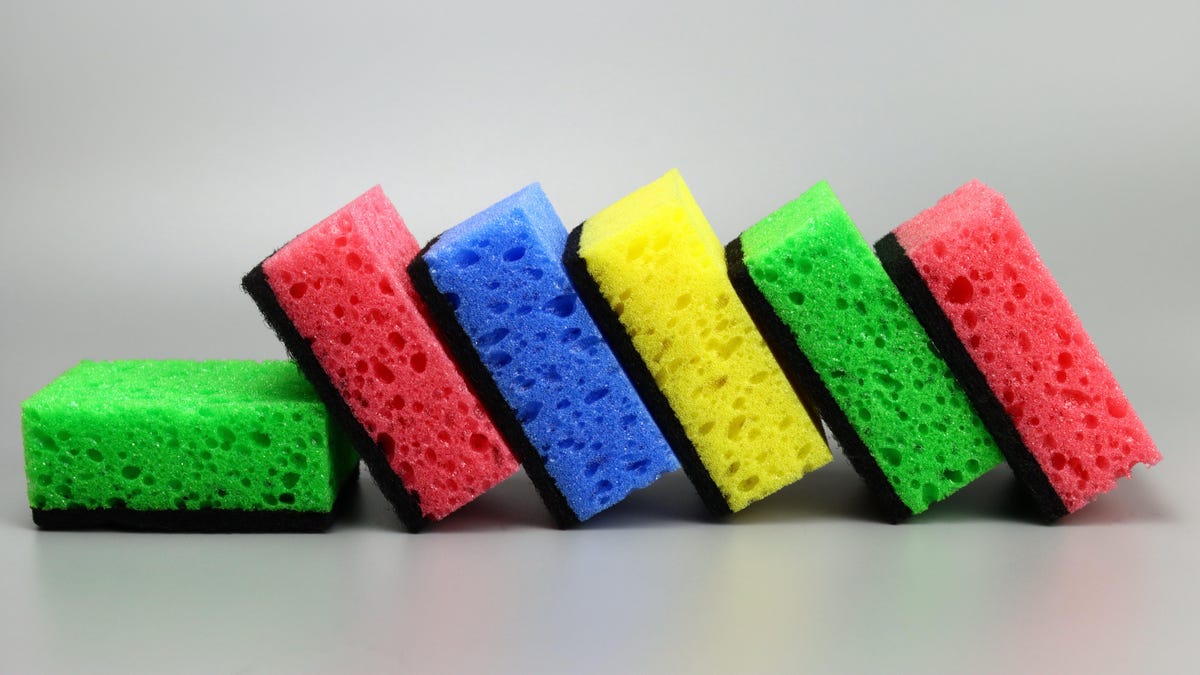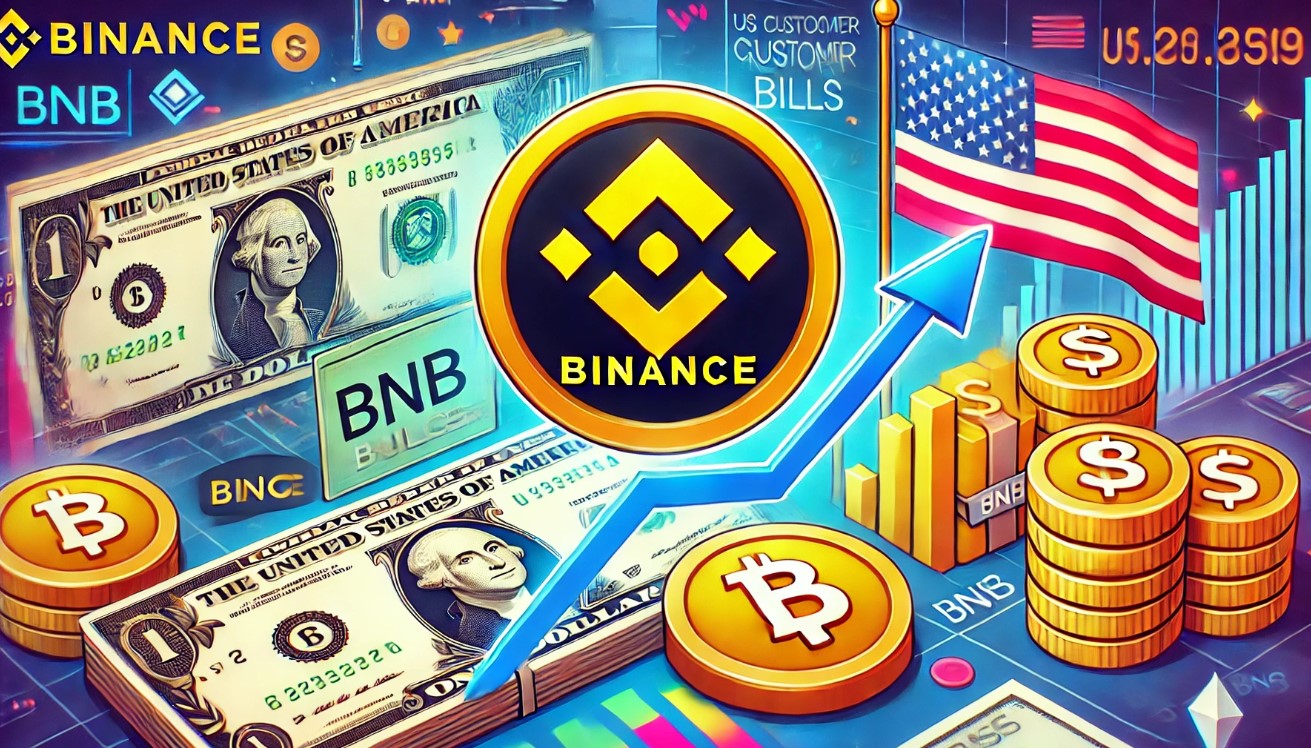Part 3: A beginner’s guide to crypto for S’poreans: NFTs, play-to-earn games, DeFi
Why are people paying so much for NFTs, and how does it all tie into play-to-earn games, the metaverse and DeFi?

So far in our beginner’s guide, we’ve approached blockchain technology with a bird’s eye view. For those who have been following along, you should now be reasonably familiar with what blockchain is, how to find opportunities, and how to start investing in the space.
Now, it’s time to dive deeper into slightly more advanced, but essential concepts within the blockchain realm – as it turns out, there’s more to do in this world than buying crypto coins and waiting for profits.
As with any investment, it is key to know what you are investing in. In partnership with Luno’s education hub, Luno Discover, here’s a read to help you understand why people have been paying extraordinary amounts for these NFTs, why they are not just “jpegs” or “pngs”, and how that all ties into play-to-earn games, the metaverse and DeFi.
Unique identity in the digital world
Let’s start off with an idea that took the world by storm in 2021: non-fungible tokens, otherwise known as NFTs. Chances are, you’ve heard about them, or at least seen one before.
Perhaps, it was the cartoon apes – from the Bored Ape Yacht Club collection – that are worth hundreds of thousands of dollars today; or the Everydays collage by Beeple, which was purchased by a Singapore-based investor for US$69.3 million – the highest price ever paid for an NFT.
The original Starry Night painting hangs at the Museum of Modern Art in New York. People are free to buy copies of it online and have them framed, however, these aren’t worth nearly as much. Collectors value the original at over US$100 million, while prints can be obtained for as little as US$10.
With digital art, the process of valuation and verification isn’t quite as simple. If you look at the two images below, there’s no way to tell which one is the original Super Mario artwork. Both of them look exactly the same.
 Image Credit: Nintendo
Image Credit: NintendoFor the longest time, this made it difficult for digital artists to monetise their work. Why would someone pay for art when they could just as easily download it and make a copy?
This is where NFTs come in. Before that, it is important for you to know what a token is.
The blockchain application of tokens and NFTs
Crypto tokens refer to assets which operate on top of an existing blockchain.
Take the Ethereum blockchain, for example. Although it uses Ether (ETH) as its native cryptocurrency, the chain also supports other crypto assets which can be classified in one of two categories.
First, there are cryptocurrencies such as Polygon (MATIC) and Loopring (LRC), which operate on top of the Ethereum blockchain. These are referred to as fungible tokens, since they are non-unique and interchangeable – i.e. 1 MATIC token can be replaced with another MATIC token. All tokens built on the Ethereum blockchain are also called ERC-20 tokens.
Next, there are non-fungible tokens (NFTs). An NFT refers to a unique asset which can’t be replicated or interchanged for another. Blockchain technology allows any file to be associated with a unique digital signature and stored as an NFT. In this case, NFTs cannot replace one another in any circumstance due to its uniqueness.
A digital file is converted to an NFT through a process known as minting. Once minted, the file becomes wholly unique and original.
Anyone can verify its legitimacy – tracking the original creator and the hands it passed through – by looking at the transaction history recorded on the blockchain. If someone were to make a copy of an NFT, you’d be able to distinguish it from the original, even though both look the same.
Where to find NFTs?
Dedicated online marketplaces have emerged for users to buy and sell NFTs, and different blockchains have their own NFT ecosystems and marketplaces.
Currently, Ethereum is the most popular blockchain for NFTs, followed by Solana.
 OpenSea is the biggest NFT marketplace by trading volume / Screenshot of OpenSea
OpenSea is the biggest NFT marketplace by trading volume / Screenshot of OpenSeaOpenSea leads the way as the most used trading platform, with over US$600 million in trading volume in June. Although it started off as a marketplace for NFTs hosted on the Ethereum blockchain only, OpenSea has since introduced support for other blockchains as well – Solana, being one of them. Other popular marketplaces include Solana’s Magic Eden.
Investors will notice that the NFT landscape differs from blockchain to blockchain. Projects launched on Ethereum tend to be more expensive, partially due to the ‘gas’ fees – this is charged any time an NFT is bought or sold.
The gas fees can range from US$20 to over US$100, and in comparison, gas fees on Solana are only a fraction of a dollar.
Being the first blockchain to support NFTs, Ethereum also houses some of the most well-established projects.
In fact, the top 10 NFT collections by market cap are all Ethereum-based, including projects such as Bored Ape Yacht Club, CryptoPunks and Moonbirds.
NFTs beyond art
Beyond their utility in digital art, NFTs have now expanded to other fields as well – serving its purpose of proving ownership of a unique and non-replicable asset. After all, any file can be converted to an NFT – not just an image.
Some universities have begun issuing NFTs instead of paper-based degrees. In the digital world, gaming and metaverse projects have begun using NFTs for the sale of virtual land and other assets.
Decentraland and The Sandbox are two of the most popular metaverses, each with plots of land selling for thousands of dollars. This land can be used by creators and companies to set up three dimensional spaces, such as Capitaland’s CapitaVerse.
 Tommy Hilfiger’s store in Decentraland during Metaverse Fashion Week / Image Credit: TheIndustry.Fashion
Tommy Hilfiger’s store in Decentraland during Metaverse Fashion Week / Image Credit: TheIndustry.FashionClothing brands such as Charles & Keith and Tommy Hilfiger, created virtual stores in Decentraland for this year’s Metaverse Fashion Week. They were able to use their land to showcase and sell items, both in virtual and physical form. Upon buying items, customers would receive the actual garment as well as an NFT version for their avatar to wear.
DeFi games and how fungible and non-fungible tokens play a part
Decentralised finance games, what some may call ‘gamefi’, are games that work without a central authority. These games have found a similar use for NFTs too.
Usually built on a play-to-earn model, in-game assets such as weapons, cosmetics, and characters are NFTs that can now be traded by users on marketplaces like OpenSea or their in-game marketplace, where all transactions get logged into the blockchain.
DeFi games can also have their own native tokens, where these tokens become their in-game currency to buy and sell in-game items, and can also be taken out to the “real world” to sell for real money (e.g. fiat).
These tokens can also be deposited for a fixed interval for profit via interest – known as staking. In the DeFi world, players are incentivised by not just a passion for the game, but also monetary gain in exchange for their play time – something that was not seen in the traditional gaming industry.
In Axie Infinity, their native token – Smooth Love Potion (SLP) – can be earned as a prize while playing the game. It can then be used to breed axies and buy in-game items. SLP is an example of a fungible token, while the axies all exist as individual NFTs.
Crypto tokens such as SLP are able to sustain their value as new users join the Axie Infinity ecosystem and the demand for axies goes up.
Zooming out to DeFi
Over the past few years, DeFi games has become a notable part of the DeFi space, and serves as a testament to how DeFi is expanding and providing utility to a variety of industries.
Imagine if you have the ability to bypass traditional financial institutions such as brokerages, banks and insurance companies, to get access to things like loans, savings, insurance, trading, payments and much more for everything you can ever think of.
In the real world, banks determine whether or not to issue loans based on factors such as the applicant’s credit score, income, expenses, and employment history. They use customer deposits to fund these loans, and generate revenue by charging interest on them. The entire process of getting a loan can often take weeks.
 AAVE’s interface for borrowing and lending crypto assets / Screenshot of AAVE
AAVE’s interface for borrowing and lending crypto assets / Screenshot of AAVEOn the other hand, DeFi apps like Compound and Aave, allow anyone to obtain a loan instantly as long as they have sufficient collateral – it is almost instant.
Unlike bank customers who deposit funds with banks which ultimately fund mortgages and loans, crypto holders can choose whether or not they want their assets to be used to fund such loans. If they wish to lend their assets, they can deposit them in liquidity pools, which usually award much higher interest rates than banks do – and of course, a higher level of risk exposure as well.
The demand for DeFi primarily hinges on its freedom from intermediaries and using the blockchain to serve your objective in a crowdsourcing manner. It’s a way to eliminate our reliance on financial institutions, such as banks, while still enjoying the services that they provide in a transparent (and most often, cheaper and faster) way. Plus, DeFi is accessible to anyone with an internet connection.
Here is another common use case – DeFi offers similar benefits through exchange protocols as well. Fiat currencies such as SGD and USD can only be exchanged through banks, currency exchanges or money changers. These institutions make a profit by charging a commission and/or applying a spread to the exchange rate.
 Uniswap’s interface for making deposits to a liquidity pool / Screenshot of Uniswap
Uniswap’s interface for making deposits to a liquidity pool / Screenshot of UniswapIn the DeFi world, these profits get distributed among crypto holders instead. As the holders add their holdings into a “pool”, they are increasing the availability of funds for transactions to take place without affecting the market price (read: liquidity).
A user can deposit an equal amount of two cryptocurrencies – say, Ethereum (ETH) and Tether (USDT) – on a platform like Uniswap. Any time someone swaps between these two currencies using Uniswap, the user would earn a percentage of the exchange fees.
As the DeFi space develops, more and more utilities are emerging, whereby services can be offered through smart contracts on the blockchain rather than institutional intermediaries. This is paving the way to make finance more accessible for all.
It is key to always know what you are investing in, be it crypto or other assets. To learn even more, stay tuned for our next edition where we’ll look into the massive world of stablecoins. In the meantime, you can also head over to Luno Discover for daily crypto updates, and subscribe to Luno’s Telegram channel for timely headlines and small doses of blockchain knowledge.
This article is part of a six-part series to a no-hype beginner’s guide to crypto. You can check out the other articles here:
– Part One: Blockchain and cryptocurrencies
– Part Two: Types of coins and how to DYOR
This article is written in collaboration with Luno.
This partnership between Vulcan Post and Luno is for educational purposes only. Luno Singapore has been awarded in-principle approval from the Monetary Authority of Singapore (MAS) under the Payment Services Act 2019. Cryptocurrency is a high-risk investment. The value of cryptocurrency can fluctuate significantly and you may lose the capital you invest. Before investing, we urge you to educate yourself about cryptocurrencies and to familiarise yourself with the risks involved, which are detailed in Luno’s Risk Warning.
Featured Image Credit: Getty Images

 KickT
KickT 






























